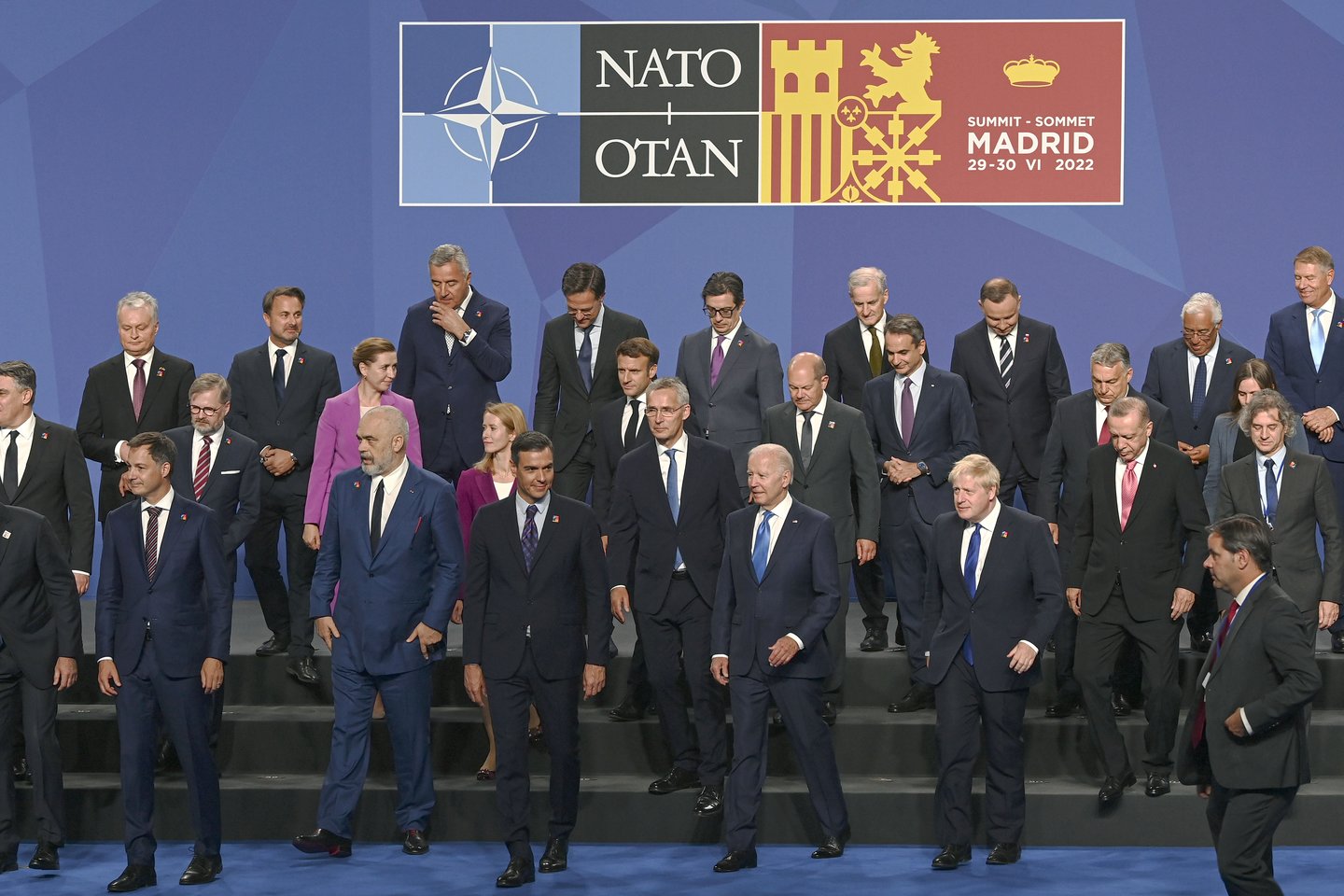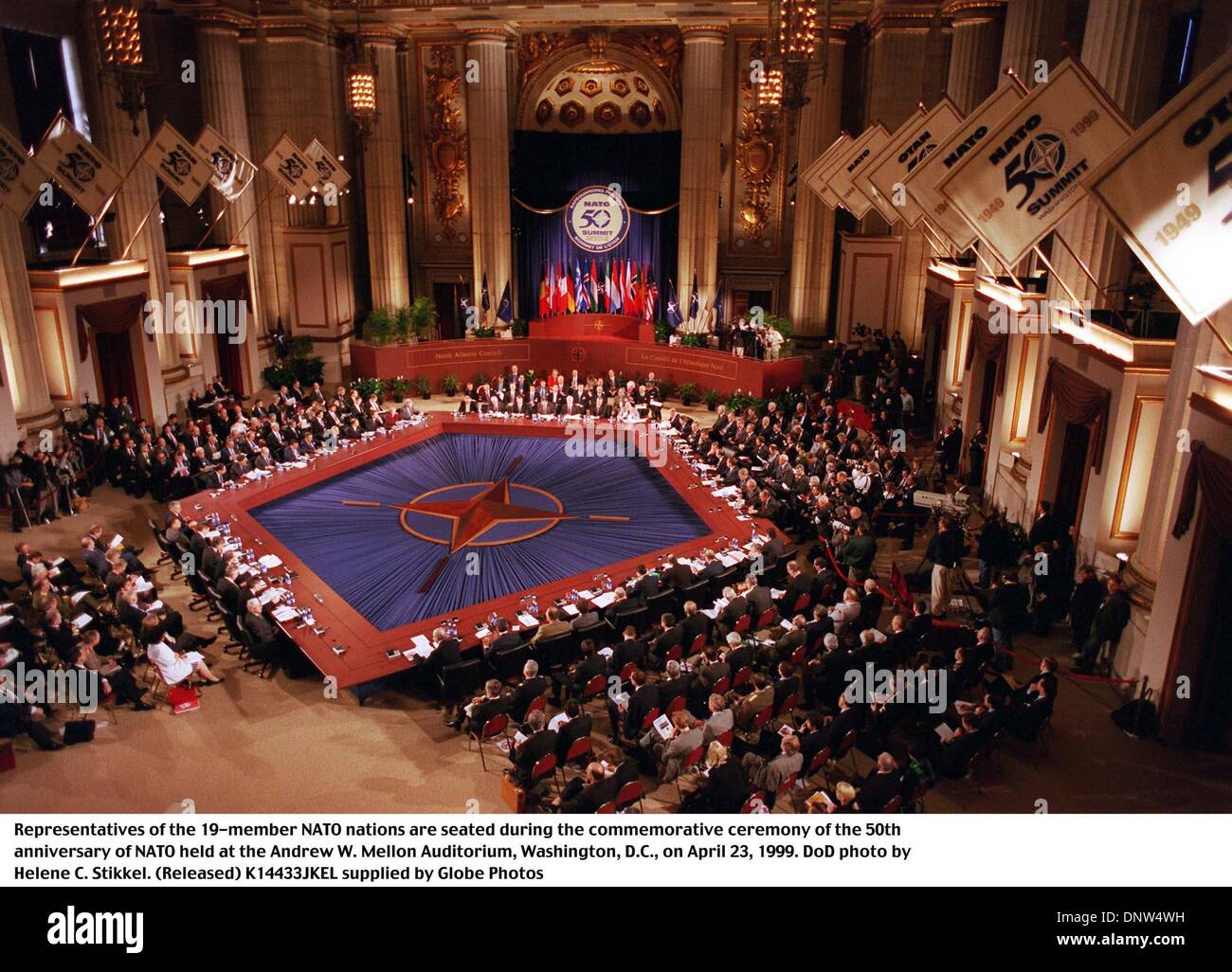Key Developments and Outcomes of the NATO Summit: Nato Summit Washington Dc
Nato summit washington dc – The 2023 NATO Summit in Washington, DC marked a significant moment in the alliance’s history, yielding several key announcements and agreements that will shape its future trajectory. These outcomes reflect the evolving security landscape and the collective commitment of NATO members to address emerging challenges.
One of the most notable developments was the adoption of a new Strategic Concept, which Artikels NATO’s vision for the next decade. The concept emphasizes the alliance’s focus on deterring and defending against threats from both traditional and non-traditional sources, including cyber attacks, hybrid warfare, and climate change.
The NATO summit in Washington DC, an important gathering of world leaders, focused on the NATO summit , a crucial meeting to discuss pressing global issues. The summit provided a platform for nations to strengthen their cooperation and address common challenges.
It highlighted the importance of unity and collaboration in tackling the complexities of the modern world, reaffirming NATO’s commitment to safeguarding peace and security.
Strengthened Defense and Deterrence, Nato summit washington dc
To bolster its defense capabilities, NATO agreed to increase its rapid reaction force to 300,000 troops, a substantial expansion from its previous strength of 40,000. This move signals the alliance’s determination to respond swiftly to potential threats and ensure the security of its member states.
The NATO summit in Washington, D.C., brought together world leaders to discuss the future of the alliance. Among the attendees was Marco Rubio , a Republican senator from Florida. Rubio is a strong supporter of NATO and has been a vocal critic of Russia.
He has called for the alliance to do more to deter Russian aggression and to support Ukraine.
Additionally, NATO members pledged to increase their defense spending, with a target of 2% of GDP by 2024. This commitment reflects the growing recognition of the need to invest in modern military capabilities to maintain a credible deterrent against potential adversaries.
Enhanced Cooperation with Partners
The summit also highlighted NATO’s commitment to strengthening its partnerships with non-member countries. The alliance welcomed the participation of Australia, Japan, South Korea, and New Zealand in the summit, signaling a broader approach to global security.
These partnerships are expected to play a crucial role in addressing common challenges, such as cyber threats, maritime security, and counter-terrorism. They also provide NATO with access to new capabilities and expertise, enhancing its ability to respond to evolving security threats.
Transatlantic Unity and Strengthening Alliances

The NATO Summit in Washington DC reinforced the commitment to transatlantic unity and strengthening alliances. Recognizing the shared security challenges facing the alliance, measures were taken to enhance cooperation and collaboration among member states.
The United States reaffirmed its unwavering commitment to NATO and emphasized the importance of a strong and united alliance in addressing common threats. European allies expressed their support for the collective defense principle and pledged to increase their defense spending and capabilities.
Role of the United States and European Allies
- The United States reaffirmed its commitment to Article 5 of the NATO Treaty, which states that an attack on one member is an attack on all.
- European allies committed to increasing their defense spending and capabilities, recognizing the need for a more equitable burden-sharing within the alliance.
- The summit emphasized the importance of joint exercises and training to enhance interoperability and coordination among NATO forces.
Impact on NATO Unity and Cohesion
- The summit reaffirmed the unity and cohesion of the NATO alliance, demonstrating a strong commitment to collective defense.
- The measures taken to strengthen transatlantic cooperation and address common security challenges reinforced the bonds between member states.
- The summit sent a clear message that NATO remains a vital and effective alliance in the face of evolving security threats.
Challenges and Future Directions for NATO

NATO faces significant challenges in the wake of the Washington, D.C. summit. These include:
– The ongoing war in Ukraine and the potential for further Russian aggression
– The rise of China and its growing military power
– The threat of terrorism and the proliferation of weapons of mass destruction
– The need to adapt to new technologies, such as artificial intelligence and cyber warfare
In light of these challenges, NATO must continue to strengthen its collective defense capabilities and develop new strategies to address the evolving security landscape. The alliance must also work to maintain transatlantic unity and strengthen its partnerships with other countries around the world.
Potential Threats and Risks to NATO’s Security
NATO’s security is threatened by a number of potential threats and risks, including:
– Russia’s aggression in Ukraine: Russia’s annexation of Crimea and its ongoing support for separatists in eastern Ukraine pose a serious threat to NATO’s security. Russia has also been accused of interfering in the internal affairs of other NATO countries, such as the United States and the United Kingdom.
– China’s growing military power: China’s rapidly expanding military is a major concern for NATO. China has been investing heavily in new weapons systems, including aircraft carriers, submarines, and ballistic missiles. China has also been accused of engaging in aggressive behavior in the South China Sea and other regions.
– Terrorism: Terrorism remains a major threat to NATO countries. Terrorist groups such as ISIS and Al-Qaeda continue to operate in many parts of the world, and they have the potential to carry out attacks against NATO countries.
– Proliferation of weapons of mass destruction: The proliferation of weapons of mass destruction is a major concern for NATO. These weapons could be used by terrorist groups or rogue states to attack NATO countries.
Future Directions and Priorities for NATO
In light of the challenges it faces, NATO must continue to adapt and evolve. The alliance must focus on the following priorities:
– Strengthening collective defense: NATO must continue to strengthen its collective defense capabilities. This includes investing in new weapons systems, improving training and readiness, and developing new strategies to address the evolving security landscape.
– Maintaining transatlantic unity: NATO must continue to maintain transatlantic unity. The alliance is a vital link between Europe and North America, and it is essential for the security of both regions.
– Strengthening partnerships: NATO must continue to strengthen its partnerships with other countries around the world. These partnerships are essential for addressing common security challenges, such as terrorism and the proliferation of weapons of mass destruction.
